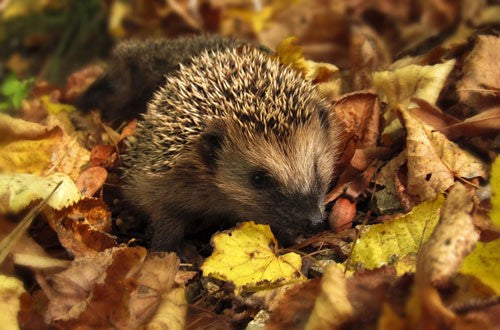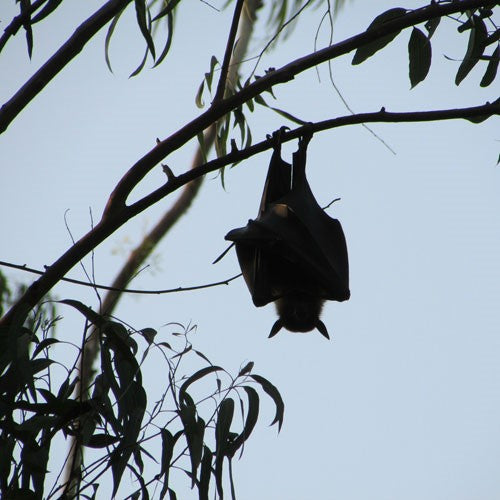Thursday, 15th September 2016
For warm-blooded animals, a lot of energy is burned by just keeping our body temperature where it should be; even when we are asleep we are still burning energy.
Different animals hibernate at different times. Each species have a different way of doing this; however, how does an animal know when the time is right to hibernate?
The temperature has a lot to do with hibernation, and when the temperatures cool animals such as Hedgehogs, Bats, and Dormice start to prepare for hibernation.
So how does this work? Well, hibernation is different from regular sleep. The self-induced torpor, results in a decreased metabolism and a dramatic drop in body temperature.
For instance, when a Hedgehog hibernates, its body temperature drops so low it nearly matches the outside temperature - its heart rate will slow down from 190 beats a minute to around 20 beats a minute, with one breath being taken every few minutes, so this enables the Hedgehog to save an enormous amount of energy. This is why, at this time of year, animals preparing for hibernation need to build up their stores of fat.

Britain has 17 species of bat that all hibernate between November and April, they hibernate in hollows of trees, roof spaces, cellars and purpose built bat boxes, but they can wake up for a short period to search for food and water, but this will use up a lot of energy.

Dormice will choose an underground nest to hibernate between the months of October and May. They will fatten themselves up with berries and insects and increase their weight up to twice their normal size, but then they will lose up to half of their body weight during hibernation.

It’s good news though, as when the weather starts to warm up, hibernating animals will start to wake up. We think hibernation is amazing.
Written by Chris Smith
Top of Form


